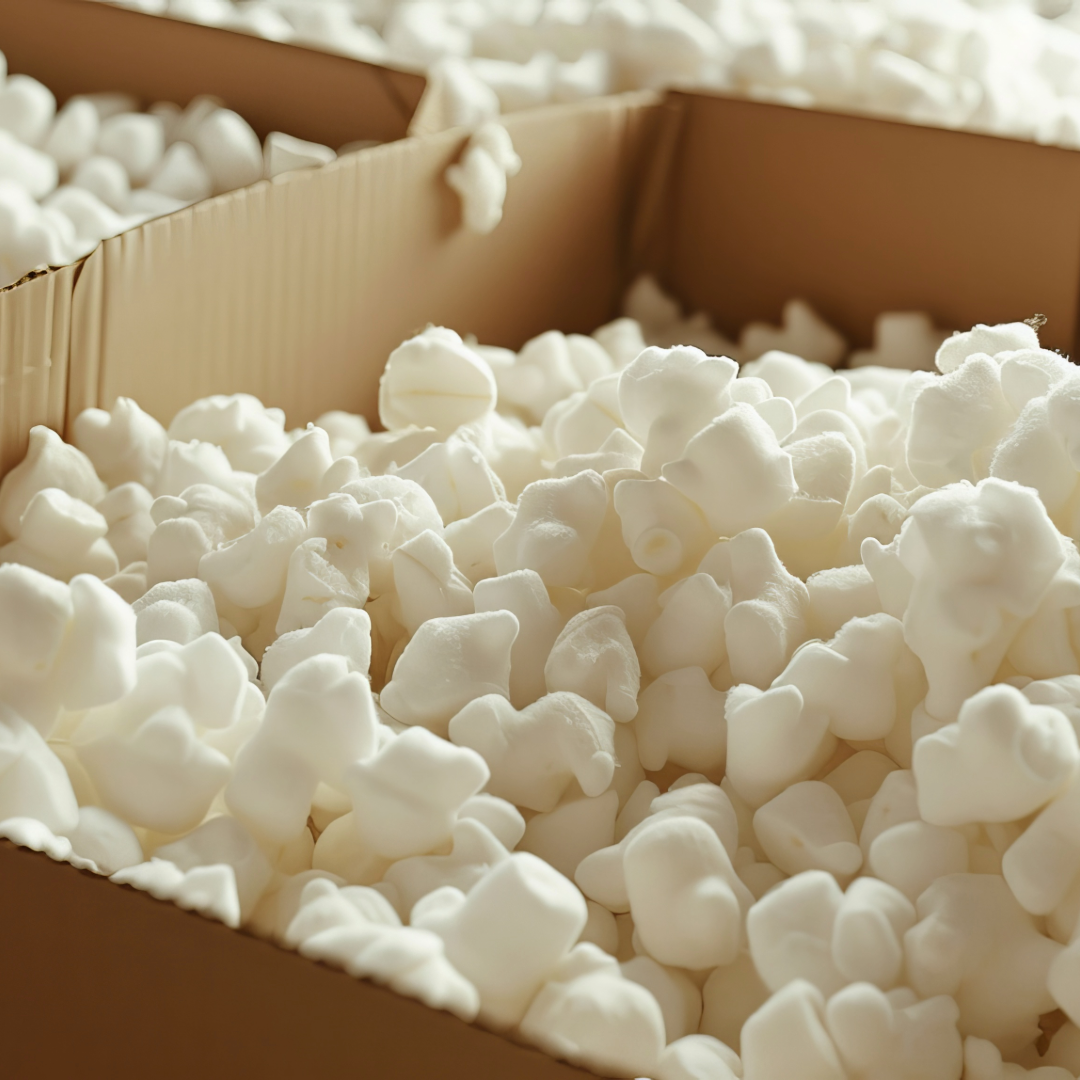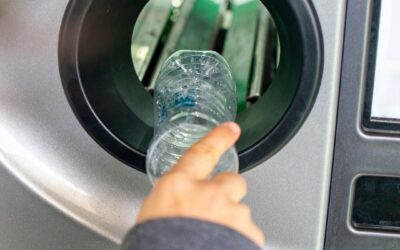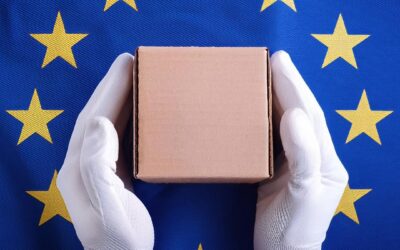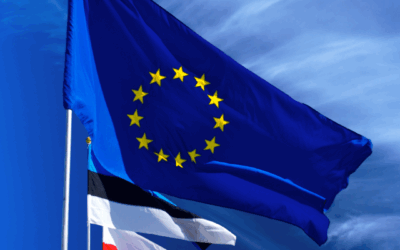Ban on Polystyrene Packaging in France: Postponement to 2030 Brings Opportunities and Challenges

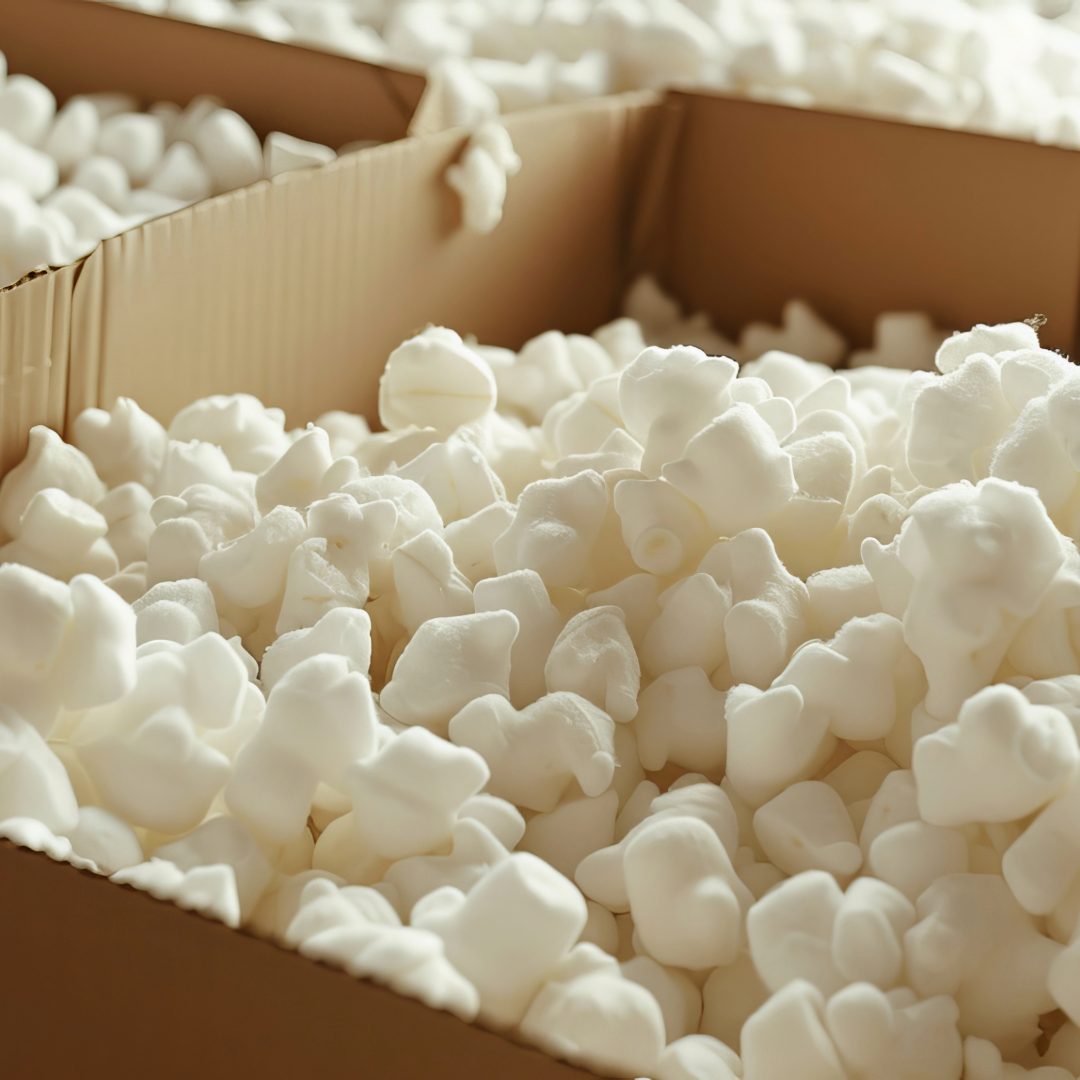
France has officially postponed its planned ban on non-recyclable polystyrene packaging from 2025 to 2030. This decision, which carries both political and economic implications, affects companies using styrene-based packaging solutions and raises questions about the future of the circular economy.
In this post, you will learn why the ban was delayed, what role European regulations play, and how the decision impacts businesses and the packaging industry.
Background: Why should polystyrene packaging be banned?
Polystyrene, often used in the form of EPS (expanded polystyrene) or XPS (extruded polystyrene), is common in many areas of the packaging industry. The problem is that many of these packaging types are still considered non-recyclable. They cannot be easily integrated into existing recycling systems and are therefore mostly incinerated or landfilled, leading to significant environmental impacts.
France’s 2021 Climate Law (Article L. 541-15-10 of the Environmental Code) originally aimed to ban the sale of packaging made from non-recyclable styrene polymers (PS, PSE, XPS) as of January 1, 2025. The goal was to drastically reduce the share of non-recyclable packaging and promote the circular economy.
The official French-language statement is available here (see “report de l’interdiction des polymères non recyclables”).
New timeline: Why the postponement to 2030?
In an official statement, the French government, represented by Dominique Faure, Minister Delegate for Local Authorities, explained the postponement with a realistic view of current technological capabilities. Extending the deadline is intended to give the industry more time to develop viable solutions and invest in circular materials and infrastructure.
Alignment with EU requirements
Progress has been made, but it is still not technically feasible to make all polystyrene packaging recyclable by 2025. An early implementation of the ban would have risked overregulation, meaning a strict national measure introduced without sufficient industrial alternatives.
Moreover, France is under pressure to increase its recycling rate in line with European objectives. The proposed EU Packaging and Packaging Waste Regulation (PPWR) requires all packaging to be recyclable by 2030 and industrially recyclable by 2035. The postponement aligns France’s schedule with these EU transition timelines.
What does the polystyrene ban mean for businesses?
For the packaging industry, especially manufacturers and distributors of polystyrene packaging, the decision brings short-term relief but medium-term pressure to act.
Short-term relief, Long-term obligation
- The postponement is not a free pass: Just because the ban has been delayed does not mean companies can continue using non-recyclable single-use solutions. Political and societal pressure to operate sustainably continues to grow.
- Time to act: The five-year period until 2030 should be seen as an opportunity to invest in alternative materials, recyclable plastic solutions, and closed-loop systems.
- Legal certainty remains limited: The current draft amendment still has to pass through all parliamentary stages. Changes are possible, including an earlier implementation of the ban.
The European context: Toward unified regulations
By postponing the ban, France is not only addressing economic necessities but also signaling its intent to harmonize with EU legislation. The upcoming Packaging and Packaging Waste Regulation (PPWR) aims to set common goals for all member states. EU-wide regulation is intended to reduce market distortion and promote innovation more effectively.
The PPWR also includes realistic transition periods. By 2030, all packaging must be recyclable, and by 2035, capable of being recycled on an industrial scale. National solo efforts, such as France’s original 2025 plan, are now seen as potentially problematic. Early implementation could have caused both technical and market challenges, such as differing standards that complicate cross-border value chains.
Aligning with EU rules therefore offers greater planning security for industry and strengthens the internal market. At the same time, pressure will mount on manufacturers to design products that comply with future EU requirements, regardless of national specifics.
Conclusion: Act now. Use the transition period strategically
The postponement of the polystyrene packaging ban to 2030 is not a step back in climate protection. It is a strategic realignment intended to make the transition to a circular economy more feasible. For businesses, this means a clear mandate to actively shape this change, prepare early for regulatory requirements, and develop sustainable packaging solutions.
One thing is certain: 2030 is closer than it seems. Those who engage now with innovation, partnerships, and alternative materials will be in a much stronger position in the future.
FAQ - Frequently asked quetions
What is polystyrene?
Polystyrene is a widely used plastic made from the monomer styrene. It is lightweight, moldable, and commonly found in packaging, disposable products, and insulation materials.
What is the difference between styrofoam and polystyrene?
Polystyrene is a versatile plastic used to make various products – including styrofoam. Styrofoam is the foamed, especially lightweight form of polystyrene and is commonly used for packaging and thermal insulation. The key difference lies in their structure: while polystyrene is solid and compact, styrofoam consists of many small, air-filled beads, making it significantly lighter and more insulating.
Which packaging is made from polystyrene?
Packaging made from polystyrene includes yogurt cups, meat and fruit trays, CD cases, and foam packaging for electronic devices (styrofoam). Single-use cups and to-go containers can also be made from foamed polystyrene.
Why is polystyrene used in packaging?
Polystyrene is used in packaging because it is lightweight, dimensionally stable, and inexpensive to produce. It provides good protection against impacts for fragile products and, thanks to its insulating properties, is also suitable for food packaging. However, it is increasingly criticized due to its poor environmental compatibility.

LIZENZERO.EU makes packaging compliance in Europe very easy.
Do you ship your products to different countries in the EU? Many different legal requirements and obligations can make the whole thing quite complicated – but don’t worry, we’ll do it for you. How do we do it? With our licensing service, we take over all obligations for you by power of attorney. Sounds good? We’ll be happy to advise you.
For shipping to Germany, you can easily fulfill your packaging obligations yourself via Lizenzero.de.
Deposit systems in the EU explained
Deposit systems show that simple solutions help to keep packaging in circulation and increase recycling rates. However, there are major differences within the EU: while countries such as Germany, Sweden and Finland have been using deposits for years and achieving high return rates, other Member States are still in the early stages.
Mandatory from 2026: The EU Authorised Representative for Packaging explained
Europe is an attractive but regulatory complex market. One of the more complex requirements is the appointment of an authorised representative (AR). The AR is the central interface between the manufacturer and the European market surveillance authorities. The authorised representative plays an important role in product safety and extended producer responsibility (EPR) and is therefore becoming increasingly important to ensure access to the market.
Authorised Representatives in Europe: Which ones are there and what do you need them for?
Europe is an attractive but regulatory complex market. One of the more complex requirements is the appointment of an authorised representative (AR). The AR is the central interface between the manufacturer and the European market surveillance authorities. The authorised representative plays an important role in product safety and extended producer responsibility (EPR) and is therefore becoming increasingly important to ensure access to the market.

